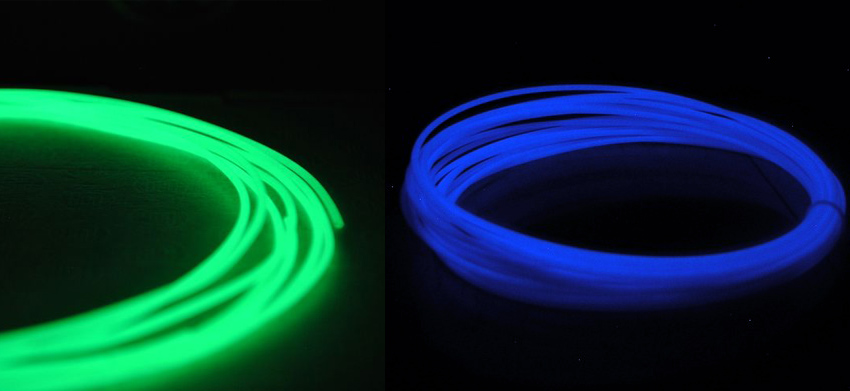Designing a part or product for 3D printing is different from designing it for any other method. Every engineer knows that the initial design impacts the final product significantly. To be successfully made, a part or product must fit the constraints of the chosen manufacturing process and capitalize on its advantages.
Additive Manufacturing Explained
The additive manufacturing (AM) process, more commonly known as 3D printing, is a technology of building objects by adding material layer after layer until the object is completed. Since this method is additive, there is less waste than with subtractive manufacturing, so it costs less.
Design for Additive Manufacturing (DfAM) was created as a solution to emerging design possibilities. DfAM is based on a set of design strategies that optimize performance, manufacturing practicality, and cost for AM tools. Its tools are opening up new options for optimal part design, lightweight structures, and reduced material use.
Vehicles and shoes alike were designed at a time before additive manufacturing, when designers and engineers were limited by their tools. But what techniques help engineers and designers visualize AM?
Preparation Is Key
The introduction of additive manufacturing has widened the scope of what may be produced, allowing for the rapid and cost-effective production of previously ‘unmakeable’ objects. However, when moving from a digital to a physical state, designers and engineers face new issues with DfAM.
Certain 3D printers may have size limitations on individual pieces or require numerous prints to complete a single project due to their limited build volume. Meanwhile, specific printing technologies present their own difficulties, such as fused deposition modeling’s (FDM) visible layer lines in printed parts not being reflected in digital designs.
While DfAM is unquestionably exciting, making the most of your 3D printing equipment requires designing with deliberate preparation and these practical factors in mind.
Incorporation Of Support Structures
Elements of a 3D-printed component that don’t have any supporting material are held up by support structures.
Supports, if necessary, should be accounted for in the design of the part and printed along with the part during production. This necessitates planning for the additional effort and materials needed in the 3D printing process and when the support structures must be removed.
It’s important to note that not all additive manufacturing types of processes need to incorporate support structures. Fused deposition modeling (FDM) and Multi Jet Fusion (MJF) are two types of 3D printing that produce physical objects by adding successive layers of material onto a print bed. MJF parts don’t need support structures because the powder layers provide sufficient strength.

Design For Post Processing
Most processes of additive manufacturing call for some sort of post-production work, such as the elimination of support structures or the application of more machining. For finished components from powder-coated beds, the powder residue must be cleaned off.
A designer may opt to include holes in a part in order to assist in the removal of powder during post-processing or to make the part more amenable to sandblasting.
Solution For Warpage
Warpage, also known as warping, is a physical phenomenon that can occur during the process of 3D printing. It causes the base of the component to become deformed, which ultimately results in the piece becoming detached from the print bed.
To prevent or reduce warping, consider the following methods:
- Use textured print beds
- Add a brim around the component to make it fit better on the bed
- Add a raft under the component
But these solutions don’t stop mechanical stresses from happening. Instead, they just let you work around the problem, with varying degrees of success.
Constraints And Quality Considerations When Designing For AM
Although AM seems limitless, its practical uses are limited. The constraints that designers must consider include the following:
- Digitization of their ideas in relation to computer-aided design (CAD)
- Physical and digital discretization of the components to be printed
- Current capabilities of 3D printers and the qualities of AM processes
- Implications of AM processes on material properties and the requisites for processing materials employing different AM techniques
- Emerging challenges related to quality control and accurate measurements
- Other concerns, such as recycling and maintenance
Even while many of these restrictions are shared by other manufacturing technologies, the bottom-up nature of AM implies they can have different effects on designs, the design process, and intermediate artifacts.
Conclusion
While additive manufacturing does not restrict your creativity, it does require you to understand its unique qualities and restrictions so that you can create products or parts properly. When designing for additive manufacturing, following best practices can help produce lighter, faster to manufacture, and more cost-effective components.
Thanks for reading this article. If you're new here, why don't you subscribe for regular updates via RSS feed or via email. You can also subscribe by following @techsling on Twitter or becoming our fan on Facebook. Thanks for visiting!





















































































































































































